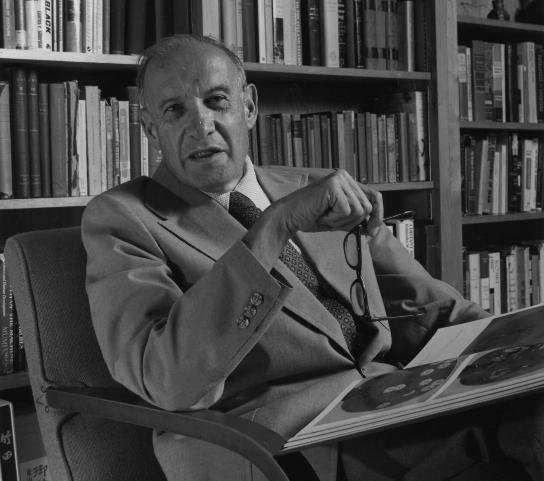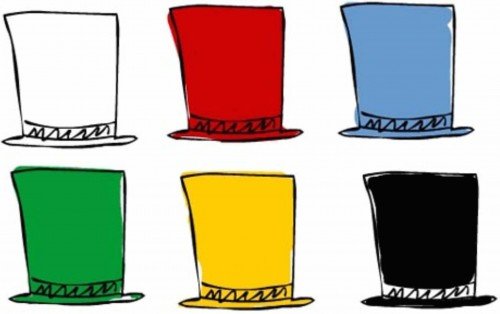The All-Star CEO Seminar at Disney
 Do you know what it takes to make your competition irrelevant?
Are you aware of growth strategies that work in up and down markets?
Do you know what it takes to make your competition irrelevant?
Are you aware of growth strategies that work in up and down markets?  Do you know what it takes to make your competition irrelevant?
Are you aware of growth strategies that work in up and down markets?
Do you know what it takes to make your competition irrelevant?
Are you aware of growth strategies that work in up and down markets?  THE BIG IDEA: Delivering presentations that stick is a staple of extraordinary leaders. Here are three tips to help you hone your presentation skills.
THE BIG IDEA: Delivering presentations that stick is a staple of extraordinary leaders. Here are three tips to help you hone your presentation skills.  THE BIG IDEA: Core values only make a positive impact on an organization when they are fully embodied by leadership.
THE BIG IDEA: Core values only make a positive impact on an organization when they are fully embodied by leadership.  THE BIG IDEA: Ten reminders to help you create an environment where people feel free to try, fail, learn, and try again.
THE BIG IDEA: Ten reminders to help you create an environment where people feel free to try, fail, learn, and try again.  THE BIG IDEA: Humor is powerful core value that you and your organization can utilize to grow and flourish in foolish, remarkable, and unexpected ways.
THE BIG IDEA: Humor is powerful core value that you and your organization can utilize to grow and flourish in foolish, remarkable, and unexpected ways.  THE BIG IDEA: Five habits that offer every leader continuous room for improvement in actualizing their potential and growing their organization.
THE BIG IDEA: Five habits that offer every leader continuous room for improvement in actualizing their potential and growing their organization. THE BIG IDEA: Humor is a powerful, largely underutilized resource that can uplift your organization. Today we’ll look at how Southwest Airlines uses humor to stay on top. __________________ Bleary-eyed passengers who have come to equate air travel with their worst living nightmare have to fight hard...
THE BIG IDEA: Seven psychological factors that drive your customers to spread the word about your products and services. __________________ How do you get your customers talking about your products and services? You work hard to create amazing experiences for your customers—experiences worth talking about. Here are seven principles...
THE BIG IDEA: Outperforming leaders tend to be growth-oriented, both within themselves and within their organization. This week’s article highlights thirteen characteristics of self-actualizing people observed by Maslow. __________________ Psychologists primarily studied mental illness for the first 50 years of the field’s existence. After World War II, Abraham...
 THE BIG IDEA: Conducting more effective meetings is a constant challenge. How do you manage conflict and internal tensions while enhancing ideation and collaboration? Use the Six Thinking Hats.
THE BIG IDEA: Conducting more effective meetings is a constant challenge. How do you manage conflict and internal tensions while enhancing ideation and collaboration? Use the Six Thinking Hats.
__________________
Do your meetings often become a political dance of excuse making? Do you consider most meetings you attend to be highly productive and results-oriented or are they mediocre and unnecessary?